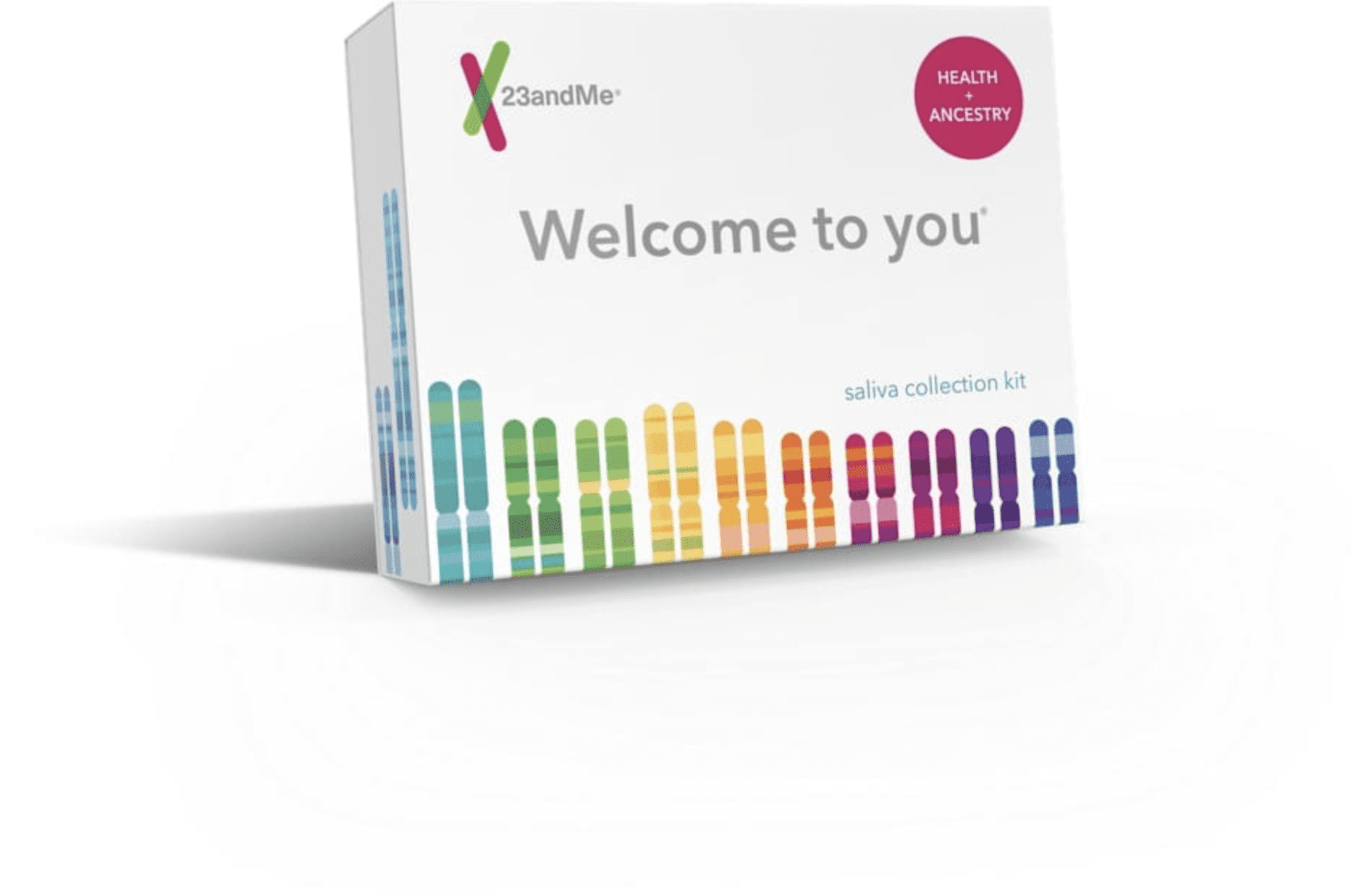A matter of taste?Sweet vs. Salty Taste Preferences & Genetics
Do you like to save room for dessert? Or, do you prefer to go for the chips before your meal arrives? More than a matter of taste, your preference for sweet or salty snacks is partially genetic.
How it works
With each bite-or sip-our taste buds send signals to a brain area called the “primary gustatory cortex” that helps identify taste. Another area, the “orbitofrontal cortex”, helps judge whether you like these tastes. Other brain areas help us decide whether we want to keep munching or we’ve had enough.
The genetic link
23andMe researchers have identified 43 genetic markers (DNA locations) associated with preference for sweet or salty snacks. A few of these markers are in or near genes involved in brain development or function. Some are in genes associated either with metabolism or body mass.

Did you know?
You might have heard that our taste receptors for sweet, salty or bitter are each located in a separate part of our tongue. In fact, the receptors that respond to these tastes are located all over the tongue and in different areas of the mouth.
Explore more
Chocolate bar or potato chips? 23andMe’s Health + Ancestry Service can tell you whether your genetics predict that you’ll prefer sweet snacks or salty snacks.

Health + Ancestry Service
References
23andMe Blog (2015, March 5). “Salty Or Sweet.” Retrieved September 30, 2018, from https://blog.23andme.com/health-traits/salty-or-sweet/.
Birch LL. (1999). “Development of food preferences.” Annu Rev Nutr. 19:41-62.